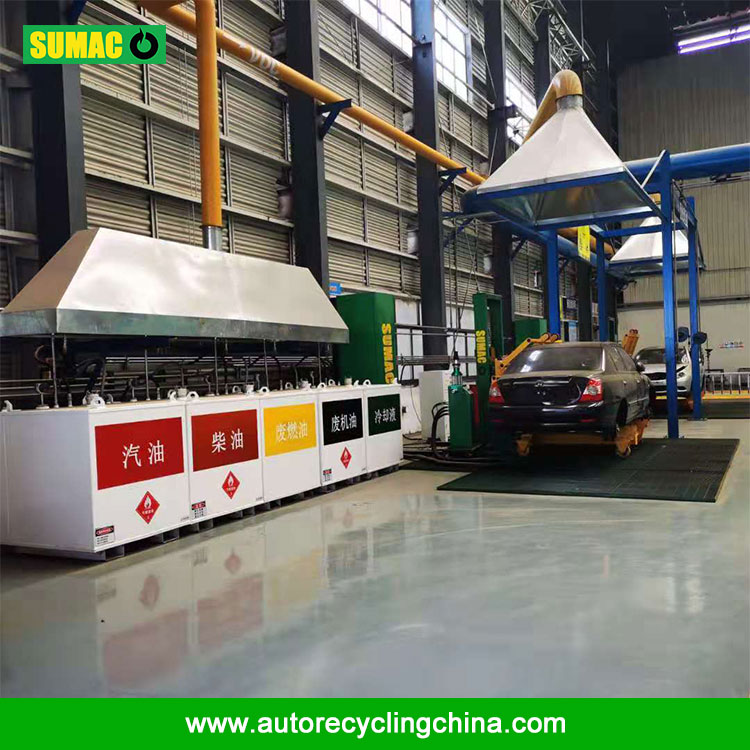Preventing paint cracking on fuel storage tanks is essential for maintaining the tank's integrity, protecting against corrosion, and ensuring safety. Several key strategies can be employed to achieve this.
Firstly, choosing the right coating materials is crucial. Opt for paints with excellent flexibility and elasticity, such as polyurethane or epoxy - based coatings. Polyurethane coatings can withstand mechanical stress and temperature changes without cracking, while epoxy coatings offer strong adhesion and chemical resistance, reducing the risk of cracking caused by chemical reactions with stored fuels. Additionally, select coatings with good thermal expansion properties that can adapt to temperature fluctuations, preventing cracks due to expansion and contraction of the tank.
Secondly, proper surface preparation is a fundamental step. Thoroughly clean the tank surface to remove rust, grease, dirt, and old paint residues. Use sandblasting or high - pressure washing to create a rough surface, which enhances the paint's adhesion. Applying a suitable primer before the topcoat is also vital. The primer fills in minor imperfections, improves the bond between the substrate and the paint, and provides an additional layer of protection, reducing the likelihood of cracking.
Thirdly, correct painting application techniques play a significant role. Follow the manufacturer's instructions regarding application temperature, humidity, and coating thickness. Avoid over - application, as thick layers of paint are more prone to cracking. Apply the paint in multiple thin, even coats, allowing sufficient drying time between each coat. This ensures a more uniform and stable film formation. Additionally, use appropriate painting equipment and techniques, such as spraying or rolling, to achieve a consistent and smooth finish.
Finally, regular maintenance and monitoring are essential. Inspect the tank's painted surface regularly for signs of wear, such as minor cracks or discoloration. Promptly address any issues by repairing damaged areas. Protect the tank from physical impacts, such as collisions with equipment or vehicles, which can cause cracks. Additionally, control the environmental conditions around the tank, minimizing exposure to extreme temperatures, UV radiation, and chemicals that may degrade the paint over time. By implementing these comprehensive measures, the risk of paint cracking on fuel storage tanks can be significantly reduced.

